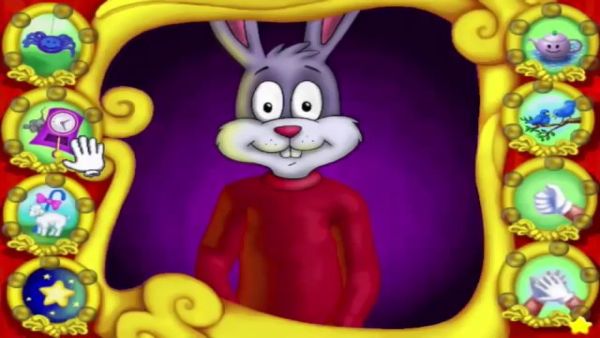 Learn and sing with us best kids songs In some of them we offer you the lyrics accompanied by pictures of a little bunny with the gestures you have to make at each verse. By learning and singing songs, kids form and develop better their auditory perception (the brain's ability to interpret sound that is heard through the ears), memory, word vocabulary, and other beneficial concepts.
Learn and sing with us best kids songs In some of them we offer you the lyrics accompanied by pictures of a little bunny with the gestures you have to make at each verse. By learning and singing songs, kids form and develop better their auditory perception (the brain's ability to interpret sound that is heard through the ears), memory, word vocabulary, and other beneficial concepts.Songs

Cat Song (Kitties are nice, meow, meow love ...)
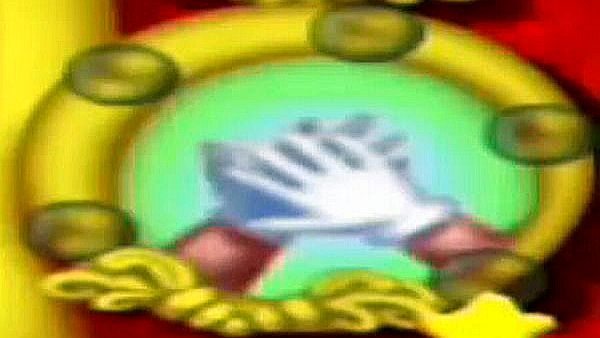
Clap Your Hands One Two Three (wiggle your fingers, ...)

Cow Song (I'm a cow, I love you When ...)

Crocodile Song (My color is green, happy ...)

Duck Song (I'm a duck I swim with ...)

Elephant Song (I'm an elephant, I've got ... )

Goat Song (Hello I'm a billy goat, a ... )
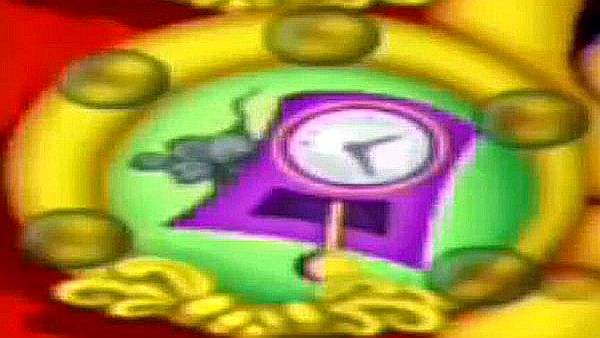
Hickory Dickory Dock (The mouse ran up the clock ...)
Perhaps one of the best remembered as a popular nursery rhyme and finger-play that describes the adventures of a spider as it ascends, descends, and reascends the downspout or "waterspout" of a gutter system or, alternatively, the spout of a teapot or open-air reservoir. As one of the best kids songs, it is usually accompanied by a sequence of gestures that mimic the words of the song.
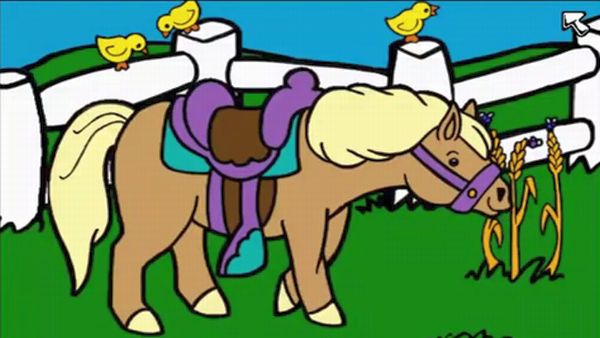
Horse Song (Clippety clop, it's a beautiful ...)

I'm A Little Teapot (Short and stout Here is ...)
Song written by George Harold Sanders and Clarence Z. Kelley. He and his wife ran a dance school for kids, which taught the "Waltz Clog", a popular and easy-to-learn tap dance routine. This routine, however, proved too difficult for the younger students to master. To solve this problem, George Sanders wrote The Teapot Song, which required minimal skill and encouraged better natural pantomime. Both song and its accompanying dance, the "Teapot Tip", became enormously popular in America and overseas.

Itsy Bitsy Spider (climbed up the water spout ...)

Kangaroo Song (I'm a jumping mama, a ...)

Lion Song (a big hungry lion Sitting ...)

Little Bo-Peep (has lost her sheep ...)

Pig Song (I'm piggely-wiggely ...)

Polar Bear Song (White as snow My fur ...)

Sheep Song (I'm baa-baa sheep I wear a ...)
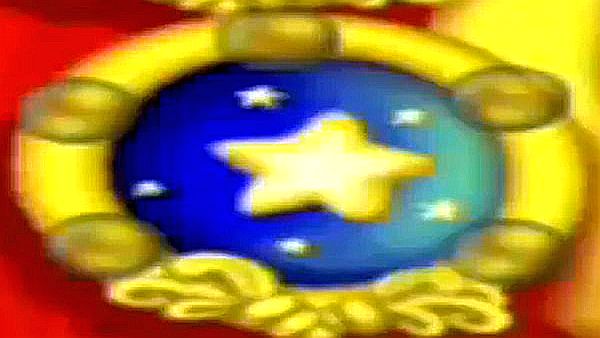
Twinkle Twinkle Little Star (How I wonder what you ...)
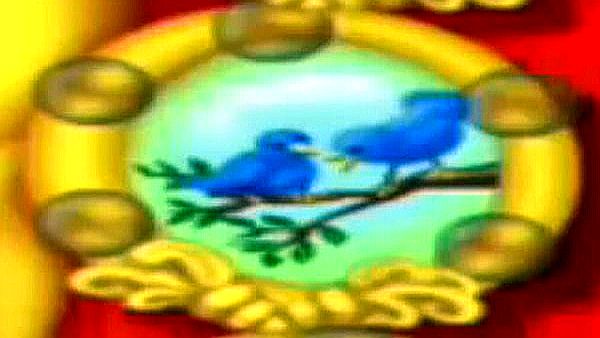
Two Little Bluebirds Song (sitting on the wall, One ...)

Whale Song (I'm a big blue whale, in ...)

Zebra Song (I like to run and play ...)
Notes
The gestural components of the rhymes serve to attract the child's attention, and reciting chants or stories can help a child to develop an ear for sounds, and discover that they can be manipulated and changed. They can also help children develop such skills as fine motor co-ordination and following directions.
From all ages children become active listeners and can control their eyes, body, and attention on the teacher.




























